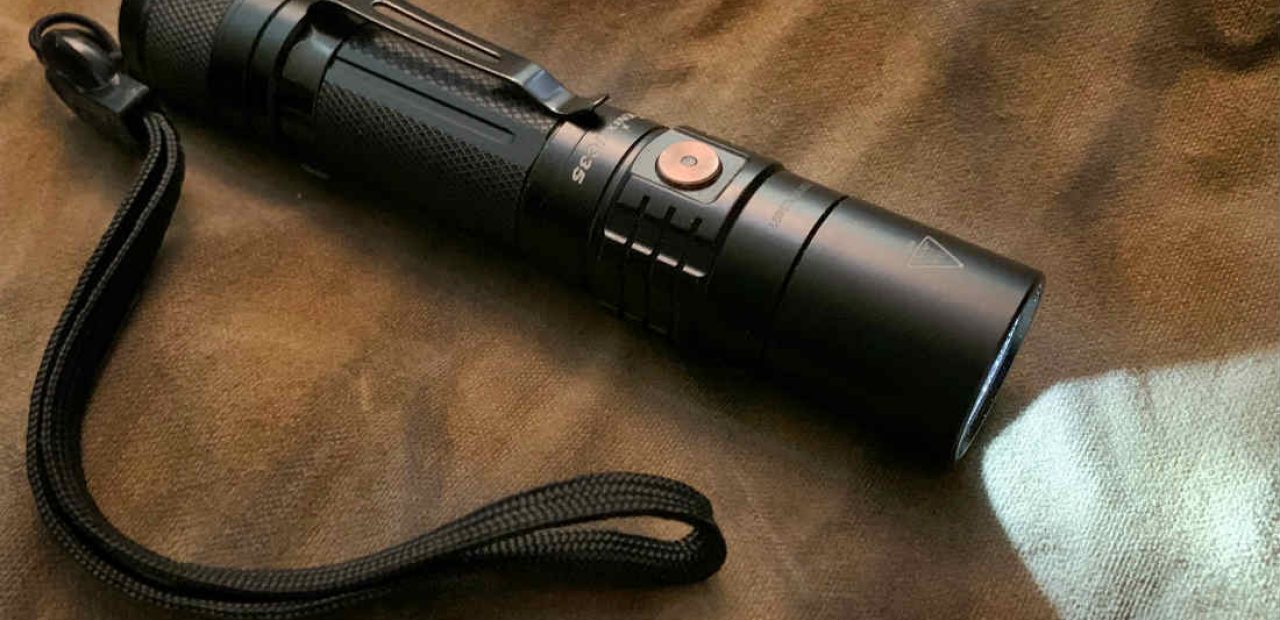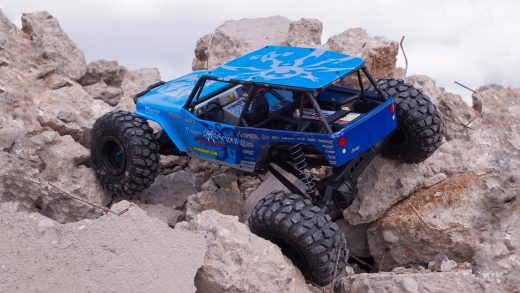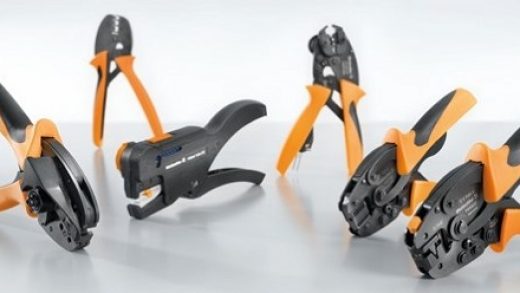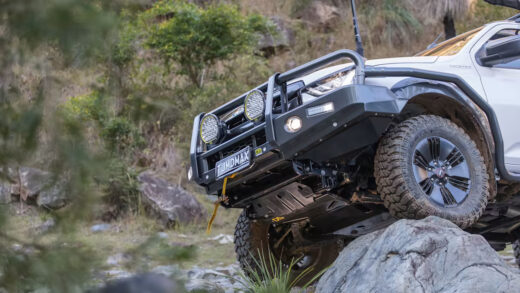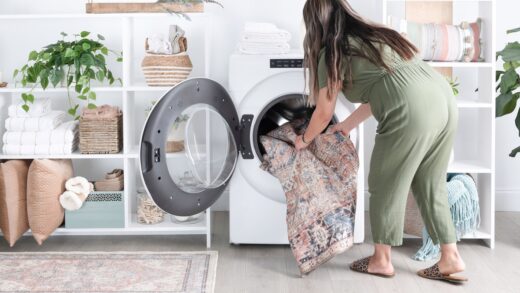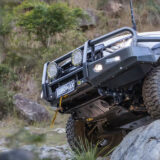How to Choose the Right Flashlight for Your Next Outdoor Adventure
Selecting the right flashlight can be an overwhelming task at times. The advantages of LED (light-emitting diode) technology and battery efficiency are constantly updating and changing the market, which results in more practical light solutions. With a variety of flashlights available, making the right decision can seem really daunting. That’s why here are some simple guidelines to help you narrow down your selection.
Begin with identifying the purpose of the torch as every different use requires different features. You can use a flood type beam with a forward-click switch and strobe for lighting up a wide area, a tighter beam with coloured beam options and a tape switch for hunting, or a strong portable beam for precise controlling of the light, signaling and more. The following are the main factors to consider when searching for the most suitable flashlight for your next adventure.
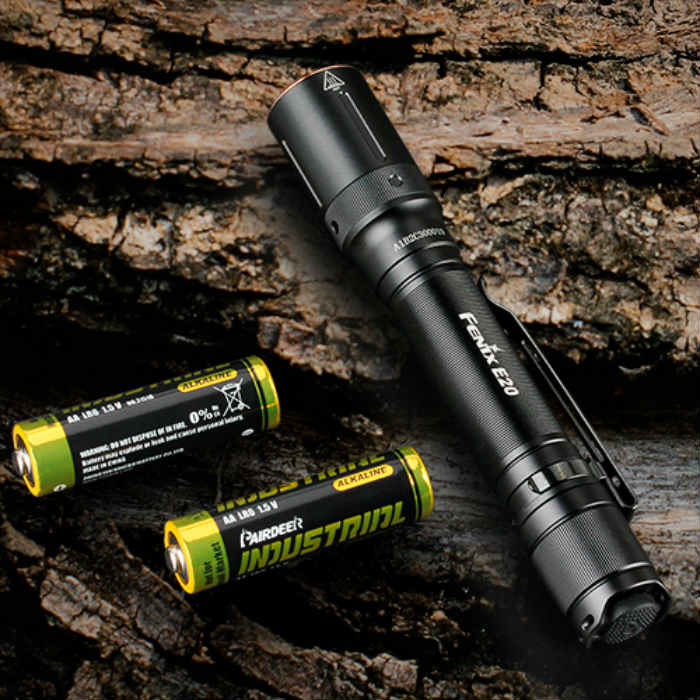
Battery Type – There are two routes you can head down with batteries – disposable and rechargeable.
Disposable or non-rechargeable batteries have two subcategories – alkaline and lithium. Alkaline batteries can discharge quickly in cold temperatures, while lithium ones have a better operational battery temperature range. Usually, they come in AA and AAA size, however the most common is CR123, or also referred to as CR123A. They’re less likely to leak and rupture and have a higher voltage output for a smaller size. However, you need to make sure to check your flashlight’s operating manual because using lithium or lithium-ion batteries is not recommendable unless recommended by the manufacturer since they can damage the light if mismatched.
Rechargeable batteries can be found in many different shapes and sizes, and the most commonly used chemical combinations are nickel cadmium, nickel metal hydride, lithium-ion polymer and lithium-ion. The last one is the best choice, mainly used in laptops and cellphones, lightweight and with a high energy density. Lithium-ion batteries hold their charge quite well, with a low discharge rate and don’t require complete discharge of the battery before charging it. They can be recharged through a USB cable, which makes them an eco-friendly option as they reduce waste.
In an effort to standardize performance measurement, the American National Standards Institute (ANSI) introduced ANSI FL 1 standards for flashlights in 2009. With input from a number of flashlight manufacturers, ANSI developed standards to effectively measure flashlight features such as brightness, runtime, beam distance, beam intensity, protection against water penetration, impact resistance and more. It makes it easier to compare flashlights from brands using ANSI standards, such as Fenix flashlights for sale Australia wide available. As one of the most recognized flashlight manufacturers, Fenix offers a range of flashlights in the outdoor and camping market.
Runtime – Runtime is measured in hours and shows how long it takes for the light output to drop to 10% of the rated output in optimum conditions, rounded to the nearest quarter hour. It is commonly given for every light setting, considering that light output can gradually decrease over time or remain constant and then decrease within a short time.
Brightness – Light output is measured in lumens and it stands for the intensity of the light that the flashlight provides while on the highest brightness setting and new batteries. It can be shown for multiple light settings, in a range from 20 to 3500 lumens.
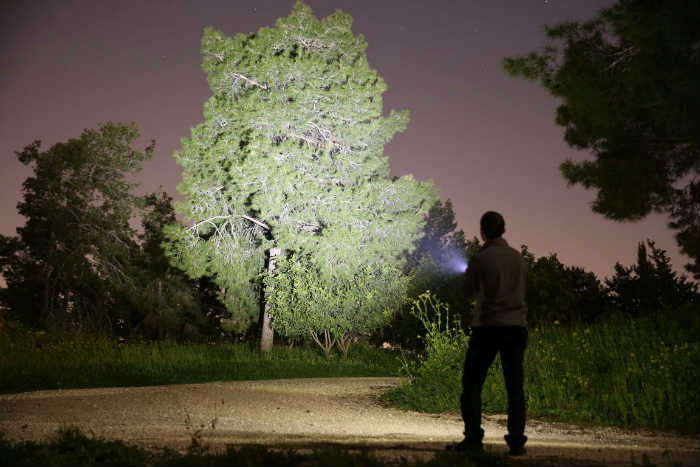
Beam Type – Light dispersion depends on the lens reflector that surrounds the bulb. The most common options are flood, spot and adjustable. Flood, or also known as fixed, is a single beam with width and is a good choice for completing camping tasks or used while walking. Spot or focused is a single beam that is condensed into a spotlight and penetrates a long distance, highly recommendable for security, law enforcement, route-finding and more. The adjustable type ranges beam width from wide to focused and anything in between, useful from climbing to studying a map and more.
Beam Distance – Beam distance is measured in meters, showing how far the light will shine before the brightness diminishes. It’s measured as an alternative of the light from a full moon as it’s found to be the most appropriate for safe outdoor traveling. Depending on the selected brightness setting, the distance might vary.
Impact Resistance – Impact resistance is measured in meters and flashlights are tested to ensure light remains functional after accidental drops. It is not a guarantee for light remaining functional after being struck with a heavy object or run over.
Protection Against Water Penetration – This is an important factor if you’re going to use the flashlight in the rain or around water surfaces. It is rated by the IPX system after the impact test has been done.
Materials
Most flashlight bodies are made of aluminum alloy and some feature stainless steel for better impact resistance. Most commonly they come in a cylindrical shape, and in order to avoid rolling around when laid on a surface, many models are designed to resist rolling. Thinner styles of aluminum bodies are lighter, while thicker ones are known to be tougher.
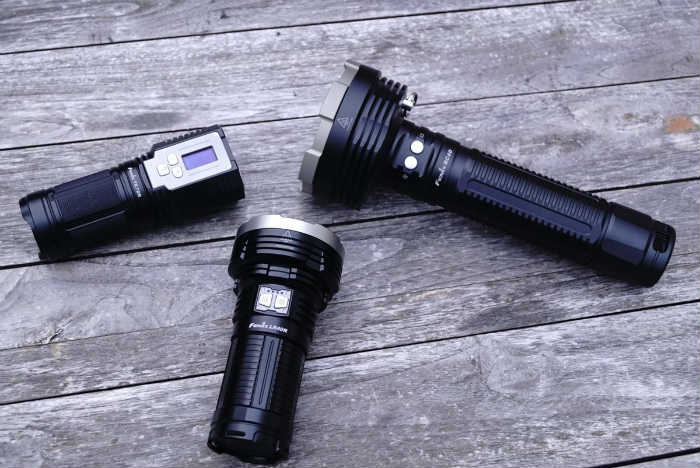
Size & Weight
Depending on your personal choice, you can pick a larger flashlight, most likely heavier, but featuring a bigger battery capacity. That will provide an extended runtime when exploring the great outdoors. However, with the vast range of Fenix flashlights for sale, you can surely find the one that suits you most.
Accessories
Accessories are either included in the set or they’re sold separately. You could use lens filters and diffusers that provide a number of lighting options, as well as belt clip or holster, tactical pen, rechargeable battery pack and more.
Few Ways a Flashlight Can Keep You Safe
Resolving a potentially dangerous situation requires resourcefulness, quick thinking and a proper reaction. A flashlight will improve your vision in a dark environment and keep your confidence on a sufficient level, allowing you to spot potential attackers or hazards on the ground. If you’re being attacked, you can use a flashlight to disorientate the attacker and give yourself enough time to make an escape. The same goes if coming across a dangerous animal. In an unfortunate event of fire, flood, or earthquake, using a flashlight can help you light your way towards the exit and escape successfully. A flashlight can also assist you if you get lost or stranded. You can signal for help and the brightness of the light will attract attention to your location.

